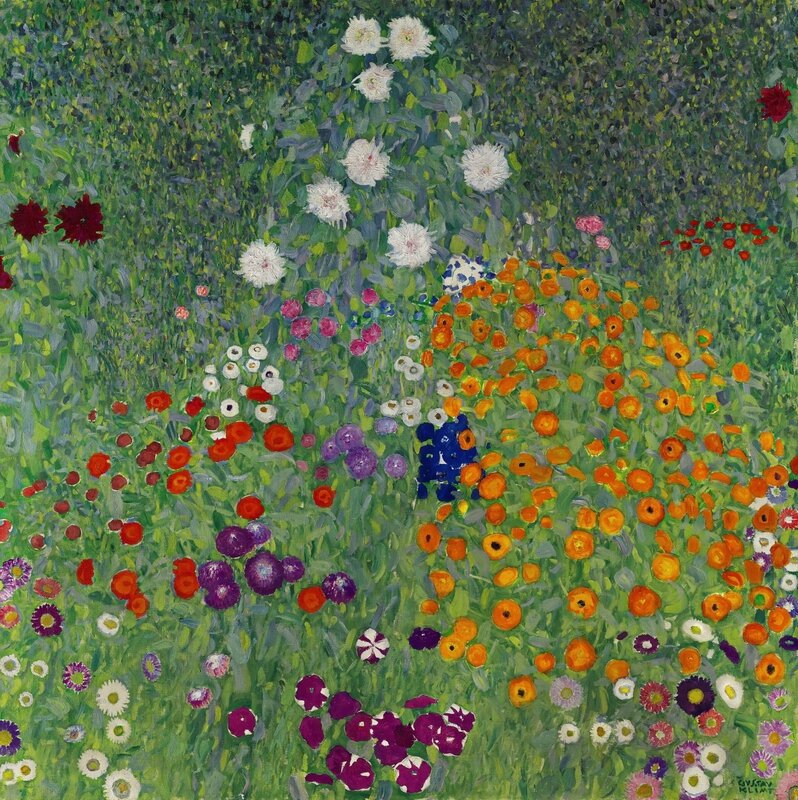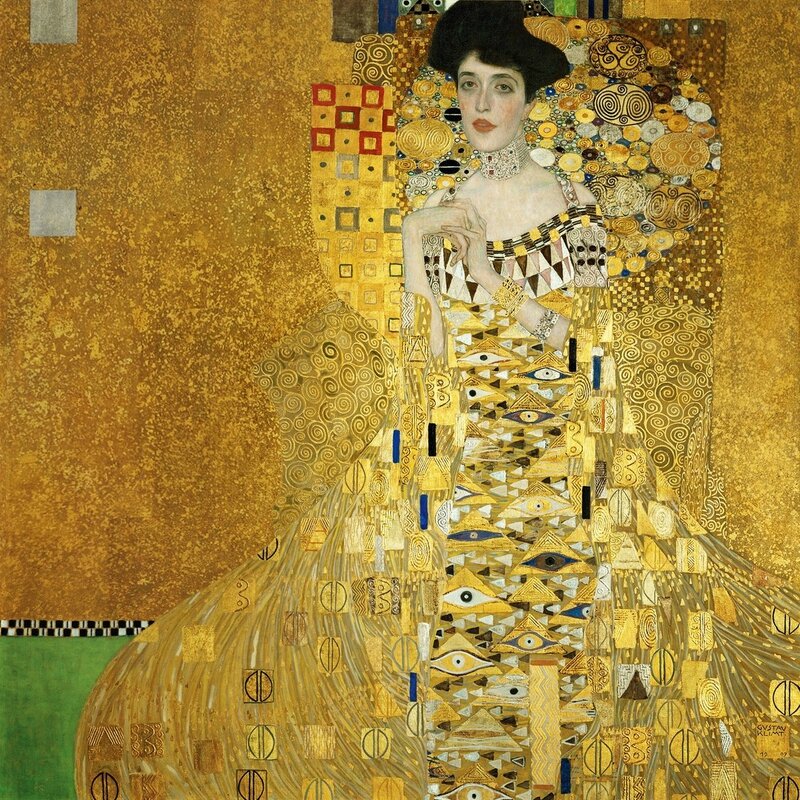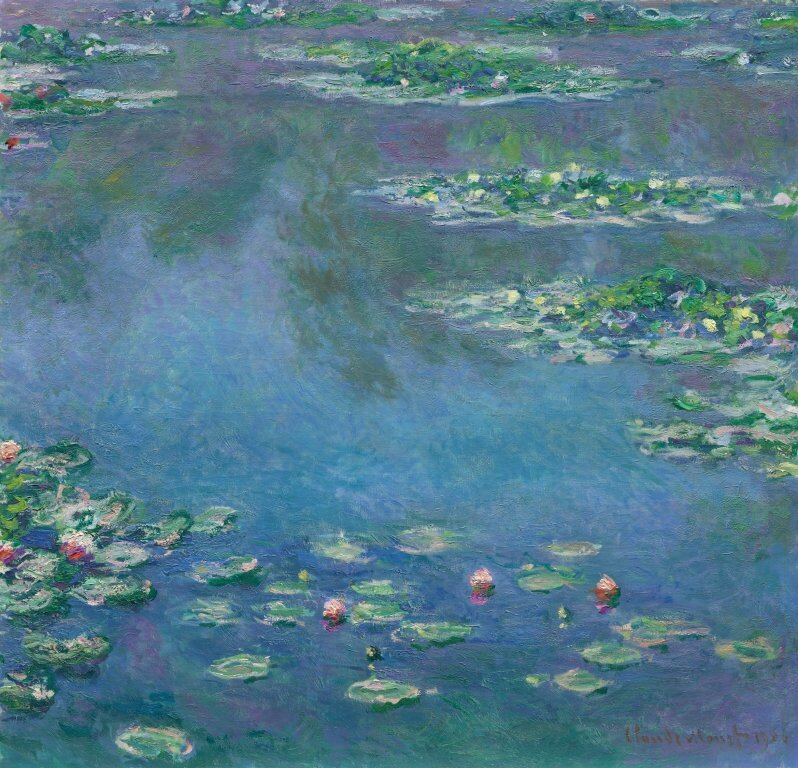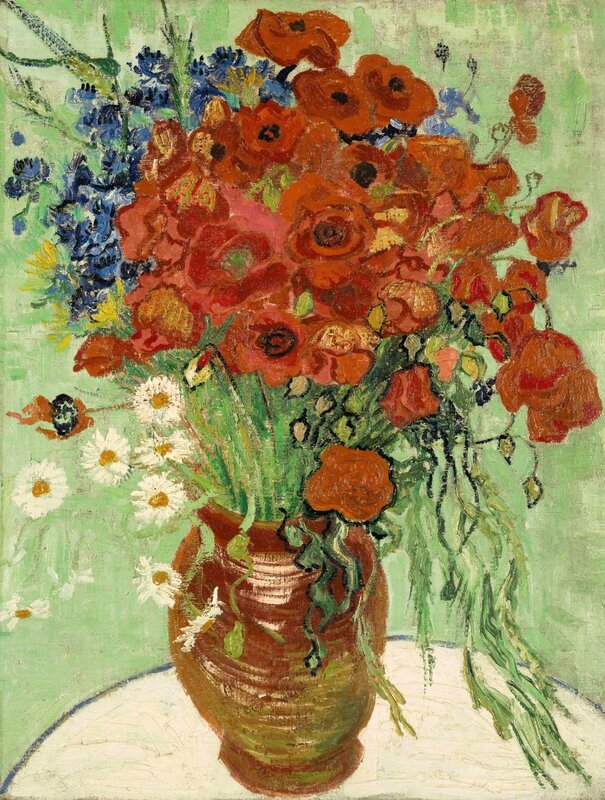Sotheby's to offer one of the greatest works by Gustav Klimt ever to appear at auction
Gustav Klimt, Bauerngarten (Blumengarten) , oil on canvas, painted in 1907 (Estimate upon request). Photo: Sotheby's.
LONDON.- Among the finest works by Gustav Klimt ever to come to auction, Bauerngarten was painted during the golden years of Klimt’s career and was a highlight of the critically acclaimed Painting the Modern Garden exhibition at the Royal Academy of Arts in London last year. This profoundly beautiful work is to be offered at auction for the first time in over two decades, set to lead Sotheby’s Impressionist & Modern Art Evening Sale in London on 1 March 2017.
Helena Newman, Global Co-Head of Sotheby’s Impressionist & Modern Art Department & Chairman of Sotheby’s Europe, said: “Gustav Klimt is one of the most desirable artists today and his iconic masterpieces are revered and recognised the world over. The star of this season's offering is undoubtedly Klimt’s luminous Bauerngarten, dating from the artist’s celebrated and much-loved golden period and from the same year as his famous golden Portrait of Adele Bloch-Bauer I. Innovative in its composition and jewel-like in its exquisite blaze of colours, it is one of the artist’s greatest masterpieces ever to come to auction. Most of the artist’s oil paintings of this calibre are in major museums around the world with only a handful works of this importance having appeared at auction in the last decade.”
KLIMT’S GOLDEN YEARS
While Klimt is largely revered for his opulent, symbol-laden portraits of the Viennese bourgeoisie, these works were just one aspect of his artistic expression. It is, arguably, in his landscapes, that he found the freedom to express himself, and to experiment, more freely. His landscapes, therefore, not only represent an important and highly personal facet of his career, but are also critical to our appreciation of the artist.
One of Gustav Klimt’s finest landscapes, Bauerngarten was first exhibited in the landmark 1908 Kunstschau in Vienna; a pivotal moment for Klimt – who had not had a public showing of his work for three years – the exhibition caused a sensation and confirmed the status of Klimt as the leading modern artist of his time. Even then the luminous painting was considered important, acquired just two years after by the National Gallery in Prague.
Gustav Klimt, Adele Bloch-Bauer I, 1907, oil and gold on canvas, Neue Galerie, New York.
Landscapes are integral to Klimt’s oeuvre, revealing a more personal and experimental side to his painting that differs from his portraits, which were, for the most part, commissions. At the same time, even in his landscapes, there is often an echo of a figure – here, the shape of a woman is almost tangible under the triangular composition of blazing colours of the flowers. Indeed, Bauerngarten was painted at the same moment as some of Klimt’s most celebrated and innovative figurative works, including his golden portrait of Adele Bloch-Bauer and the gilded Der Küss.
The joyous mood of the painting tells a story too. Each summer, Klimt would retreat to the shore of Attersee for three months to relax and paint, accompanied by family and friends including his lifelong companion, the celebrated designer Emilie Flöge. It was a happy time, and the inspiration for Bauerngarten was found in the rustic garden of a local farmer, with its informal profusion of poppies, daisies and roses transformed into a shimmering array of colour.
KLIMT & HIS CONTEMPORARIES
The influence of Impressionist and Post-Impressionist artists on Klimt’s landscapes is evident, from Claude Monet’s treatment of his famous waterlily pond to Vincent van Gogh’s ability to make canvases pulsate with energy.
The square canvas chosen by Kilmt for this work heightens its visual impact, and it was in the same decade that Monet started to use this format to depict his waterlily ponds at Giverny. Both Klimt and Monet used this technical innovation to break away from the accepted form of traditional landscape art. Stripping away the sky, both artists created increasingly abstract ideas of the landscapes they were creating, focusing less on faithful renderings but more on the fleeting yet joyous patterns and colours.
Claude Monet, Nymphéas, 1906, oil on canvas, The Art Institute of Chicago, Chicago.
In 1906, Klimt attended an exhibition of works by van Gogh in Vienna, and his subsequent appreciation of van Gogh sparked a significant shift in his appreciation of paint. Drawing on this, the dynamic brushwork and vibrancy of Bauerngarten reflect this turning point in Klimt’s style.
Vincent van Gogh, Nature morte, vase aux marguerites et coquelicots, 1890, oil on canvas. Sold at Sotheby’s New York in November 2014.
1 Johannes Dobai in Gustav Klimt Landscapes, Boston, 1988, p. 19

/https%3A%2F%2Fprofilepics.canalblog.com%2Fprofilepics%2F1%2F0%2F100183.jpg)
/https%3A%2F%2Fstorage.canalblog.com%2F03%2F02%2F119589%2F96711876_o.jpg)
/https%3A%2F%2Fstorage.canalblog.com%2F11%2F31%2F119589%2F94773502_o.jpg)
/https%3A%2F%2Fstorage.canalblog.com%2F20%2F83%2F119589%2F94772815_o.jpg)
/https%3A%2F%2Fstorage.canalblog.com%2F26%2F72%2F119589%2F75604929_o.jpg)
/https%3A%2F%2Fstorage.canalblog.com%2F59%2F60%2F119589%2F26458628_o.jpg)






/http%3A%2F%2Fstorage.canalblog.com%2F04%2F34%2F119589%2F126029126_o.jpg)
/http%3A%2F%2Fstorage.canalblog.com%2F78%2F18%2F119589%2F122525383_o.jpg)
/http%3A%2F%2Fstorage.canalblog.com%2F05%2F02%2F119589%2F121570920_o.jpg)
/http%3A%2F%2Fstorage.canalblog.com%2F53%2F17%2F119589%2F120956167_o.jpg)